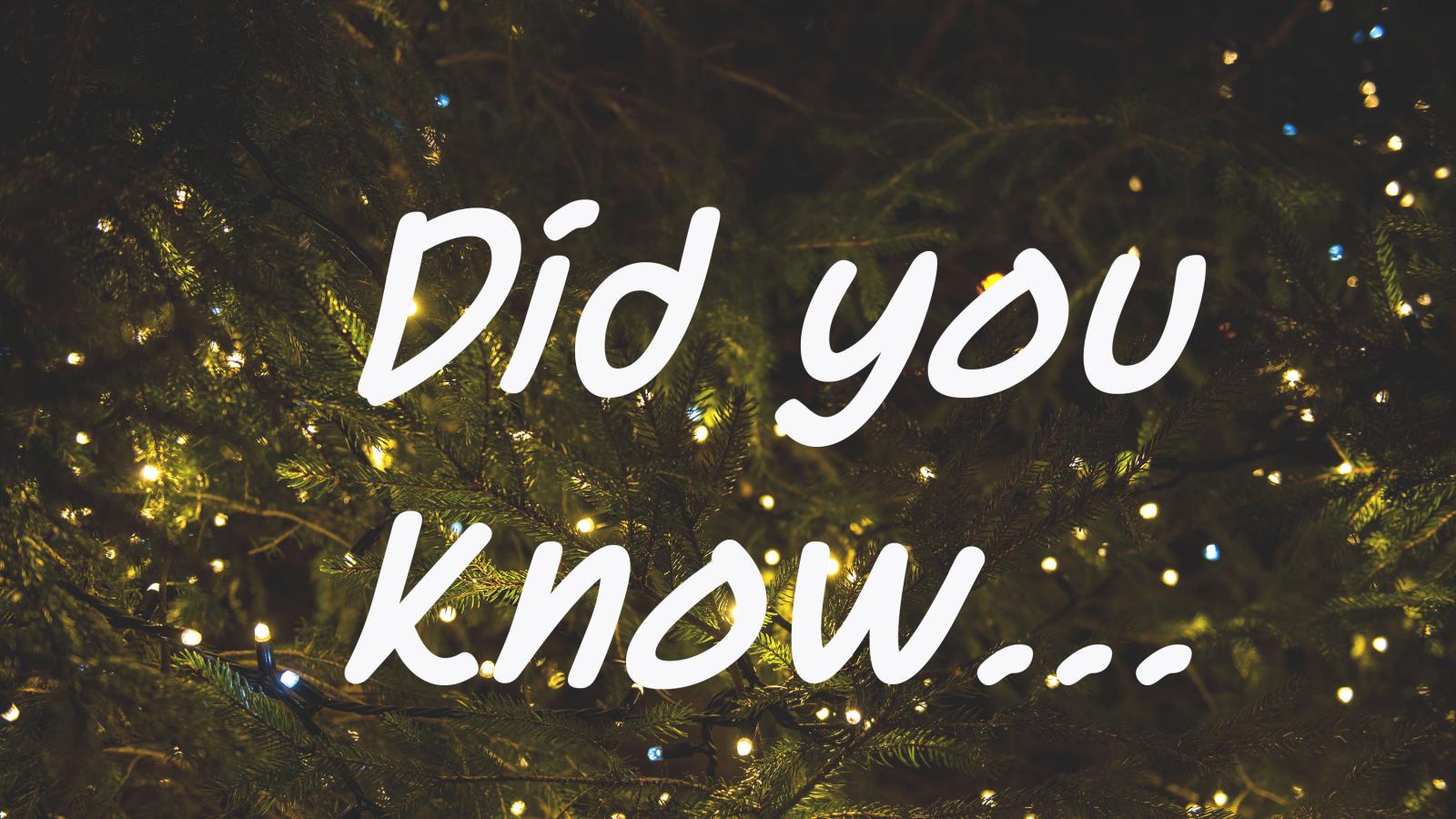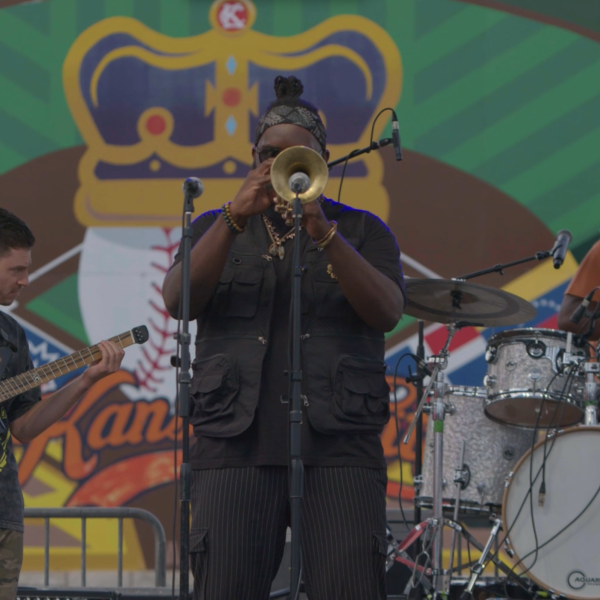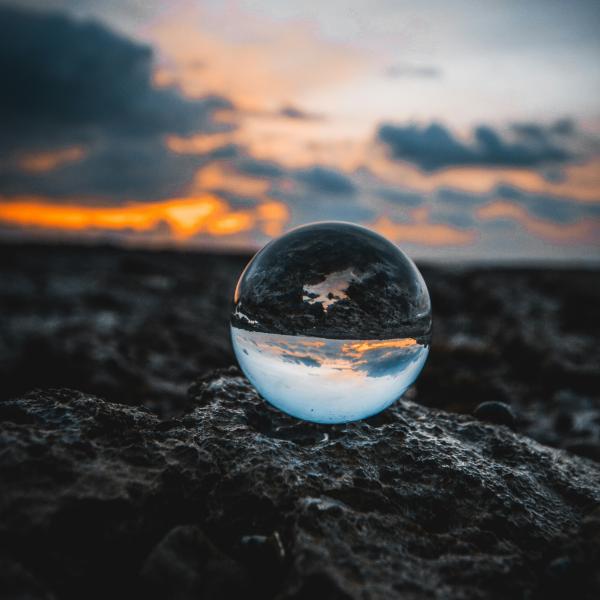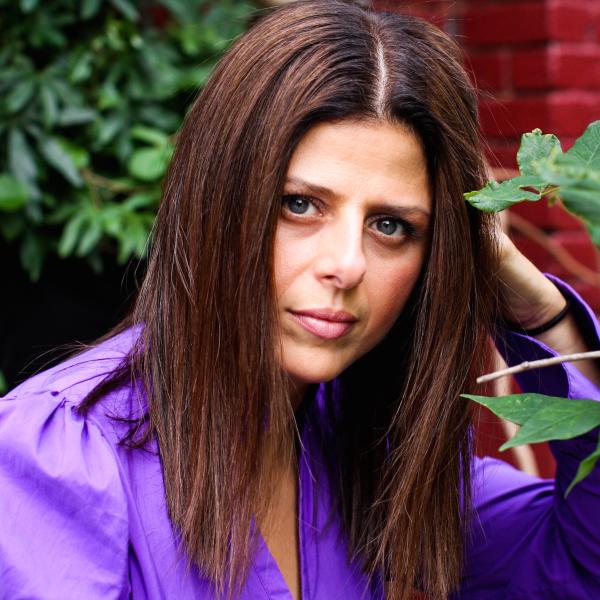Did You Know: Christmas and Hanukkah edition

Did you know… Pyotr Ilyich Tchaikovsky’s The Nutcracker ballet—a perennial holiday favorite—premiered for the first time on Sunday, December 18, 1892, at the Mariinsky Theatre in Saint Petersburg, Russia, but wasn’t performed in the United States until 52 years later?
Did you know… the lyrics to Handel’s “Hallelujah Chorus”—part of the great Messiah oratorio often performed around Christmas—come not from the gospels, which you might expect, but from three passages in Revelation, the last book of the Christian Bible?
Did you know… Christmas caroling began around 1600 with the practice of an old English custom called “wassailing,” in which one would toast their neighbors to a long and healthy life? Made of mulled ale, curdled cream, roasted apples, eggs, cloves, ginger, nutmeg, and sugar, wassail was served from huge bowls typically on the twelfth night before Christmas. Friends, family, and even strangers serenaded their fellow townspeople and were thanked with a glass of wassail!
Did you know… the dreidel originally had nothing to do with Hanukkah? The game featuring the distinctive toy has been played by various people in various languages for many centuries. In fact, in England and Ireland, there is a game called “totum” or “teetotum” that is especially popular at Christmas time. Spinning the dreidel became a part of Hanukkah as a salute to the Jewish children who used the dreidel as a trick against the Greek armies that banned them from studying the Torah in the early century. Since Jewish kids were forbidden from reading the Torah, the children took their Torah learning “underground” and would bring along a dreidel. If the kids were caught reading by the Greeks, they would quickly pull out their dreidel pretending to play with it in order to hide their Torah reading.
Did you know… you can find a trove of Christmas cards created and sent by artists such as Alexander Calder, Jose de Creeft, and Milton Avery in years past on the Smithsonian American Archives of Art website?
Did you know…the colors associated with Hanukkah are blue and white because the Jewish prayer shawl, or tallit, is described in the Book of Numbers as having one thread dyed with blue with three threads of white? In 1865, Jewish poet Ludwig August Frankl, helped claim the colours as a holiday palette in his poem, “Judah’s Colours.”
Did you know… the most recorded Christmas song is “Silent Night,” with over 733 versions of the tune copyrighted since 1978? The original version "Stille Nacht" was composed in Salzburg, Austria, in 1818 by Franz Xaver Gruber to lyrics by Joseph Mohr.
Did you know… it wasn’t until the 1940s that the manufacturing of Christmas glass ornaments began in the U.S.? Thanks to World War II the U.S. was unable to import glass ornaments from abroad. The Corning Glass Company in New York stepped in to produce ornaments stateside, becoming the prime manufacturer of American ornaments. The first ornaments they made were by machines that were designed to make light bulbs!
Did you know… you can visit the Jewish Museum’s website to see several examples of how various artists have interpreted the design for the traditional Hannukah menorah?
Did you know… John Callcott Horsley, a British narrative painter, designed the first Christmas card in 1840? The card showed a family raising their glasses to toast Christmas. They were lithographed in 1843 with the greeting, “A Merry Christmas and a Happy New Year to You.”
Did you know… Charles Dickens’ "A Christmas Carol" was published in 1843, selling 6,000 copies in its first week in print and 15,000 in its first year?
Need some holiday jams to listen to? We’ve got a jazz playlist for you. Listen here.



